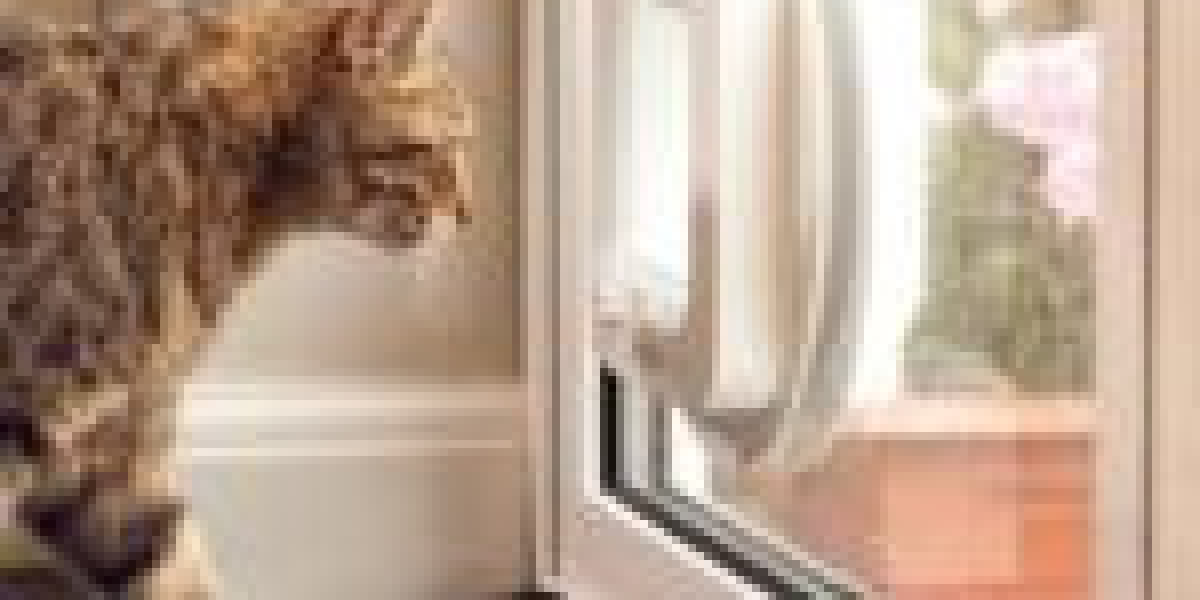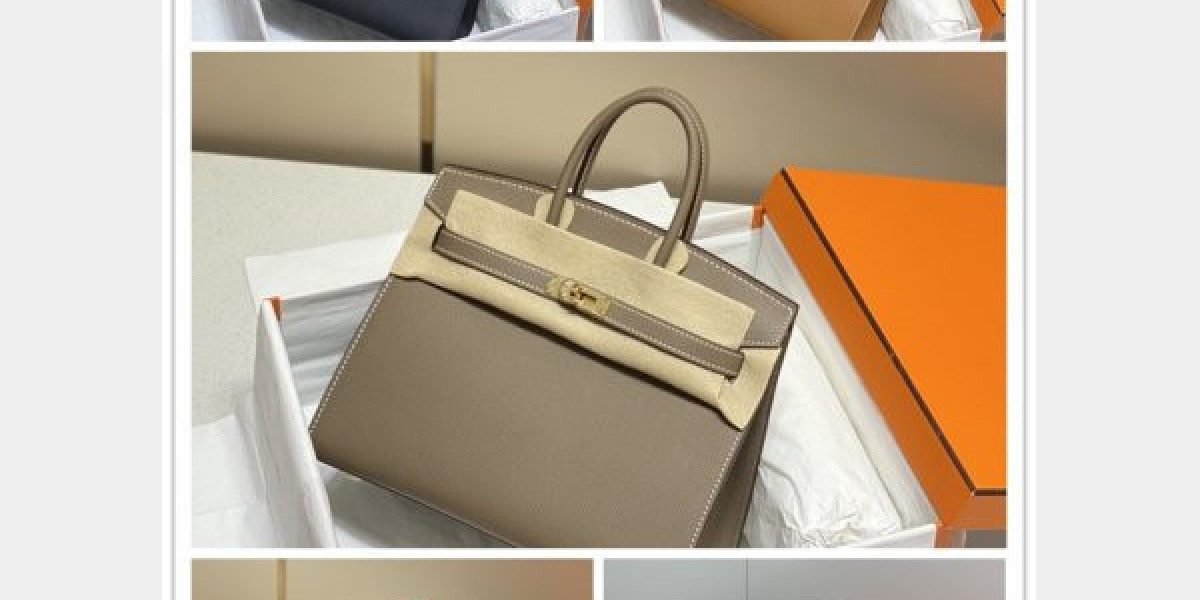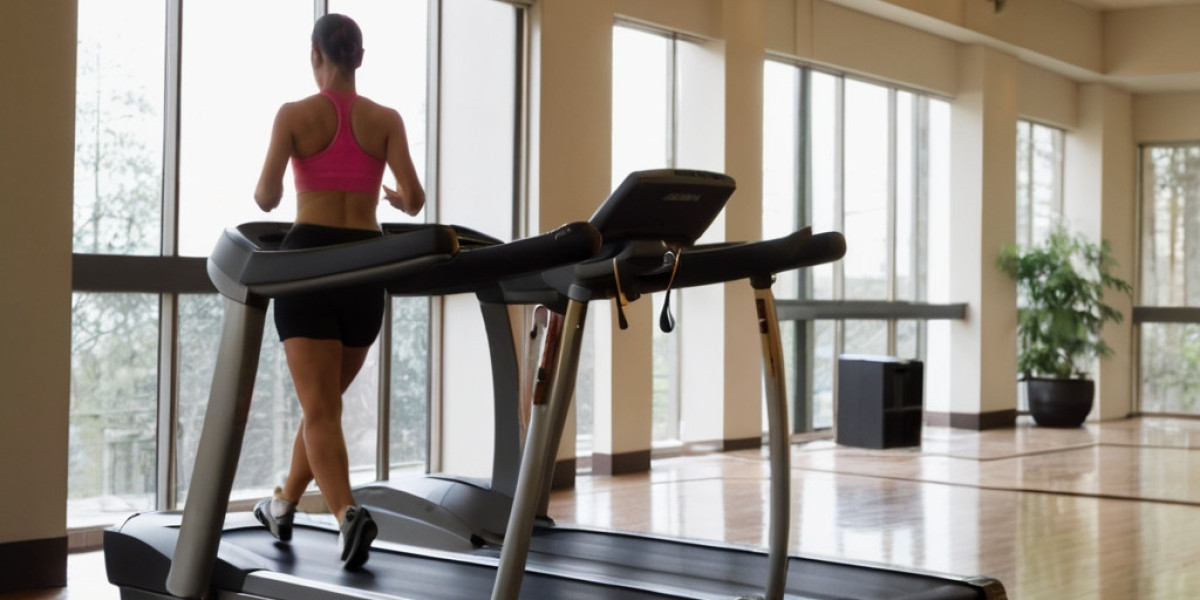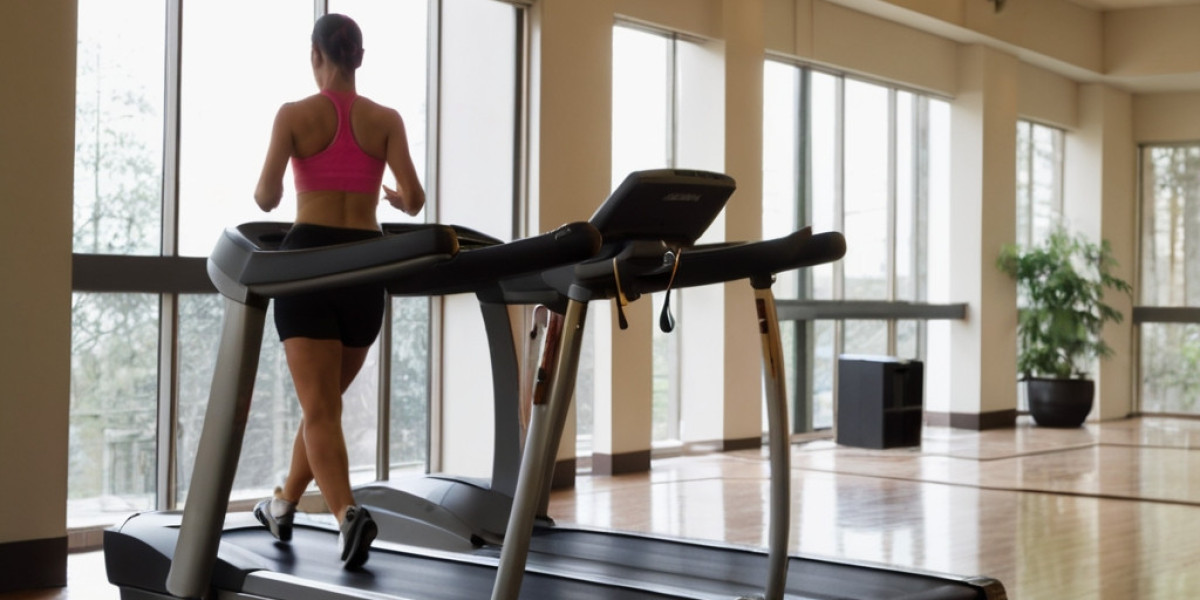Keeping the Purrfect Passage Open: A Guide to Cat Door Maintenance
Cat doors, likewise called pet doors or cat flaps, are a great addition to any home with feline companions. They use cats the freedom to explore the outdoors (or designated locations within the house) and alleviate themselves, all while providing owners assurance and lowering the number of unscripted door-opening demands. Nevertheless, like any other function of a home, cat doors are not immune to use and tear. Routine maintenance is necessary to ensure they continue to operate properly, stay protected, and supply a comfortable and safe passage for your cherished cat. Disregarding maintenance can result in a host of problems, ranging from a stiff and noisy flap to a complete breakdown, possibly locking your cat out or, worse, compromising your home's security.
This post will explore the value of cat door maintenance, outlining the necessary steps to keep your pet's access point in prime condition. By comprehending the basic maintenance required, you can extend the lifespan of your cat door, ensure your cat's ongoing liberty, and avoid expensive repairs or replacements down the line.
Why Regular Cat Door Maintenance Matters
Keeping your cat door is more than just a cosmetic task; it's an investment in the performance, security, and longevity of the function, in addition to the comfort and wellness of your cat. Here are some crucial reasons why regular maintenance is vital:
- Ensures Smooth Operation: Dust, particles, and weather condition elements can accumulate around the hinges and flap of a cat door, causing it to become stiff, sticky, or loud when opening and closing. Regular cleansing and lubrication avoid these concerns, guaranteeing the door operates efficiently and calmly, encouraging your cat to utilize it without hesitation.
- Extends the Lifespan of the Door: Like any mechanical component, cat doors undergo use and tear. Disregarding maintenance can accelerate this process, causing early damage and the requirement for replacement. Regular cleansing, lubrication, and attending to minor concerns immediately can considerably extend the lifespan of your cat door, conserving you money in the long run.
- Maintains Security: An appropriately working cat door ought to close firmly after your cat passes through. Damaged or poorly preserved doors may not close totally, possibly compromising your home's security by leaving spaces that might be made use of by burglars or enable drafts and pests to enter. For electronic or microchip-operated doors, constant maintenance makes sure the locking mechanisms and sensors work dependably, keeping controlled access.
- Avoids Drafts and Energy Loss: An inadequately kept cat door can become a significant source of drafts, especially in cooler climates. Gaps around the flap or frame due to damage or particles can let cold air in and warm air out, increasing your energy expenses. Proper sealing and weather condition removing maintenance is vital to preserve energy efficiency.
- Promotes Hygiene: Cat doors are exposed to the aspects and can accumulate dirt, mud, and even insect invasions over time. Routine cleansing assists keep a hygienic passage for your cat and prevents the transfer of dirt and germs into your home.
- Reduces Noise: An overlooked cat door can end up being loud, especially in windy conditions. Squeaking hinges or a rattling flap can be disruptive to both you and your cat. Lubrication and tightening of loose elements can considerably reduce sound levels.
- Early Detection of Problems: Routine maintenance allows you to check your cat door carefully and repairmywindowsanddoors.co.uk recognize any potential issues early on, such as cracks, loose screws, or malfunctioning elements. Dealing with these small problems quickly can avoid them from escalating into more substantial and expensive repair work.
Types of Cat Doors and Maintenance Considerations
While the basic maintenance concepts apply across the majority of adjustable cat flap installation doors, different types might have specific requirements. Here's a quick summary of common cat door types and maintenance considerations:
- Basic Flap Doors: These are the most basic and most common type. Maintenance mainly involves cleaning up the flap and frame, oiling hinges, and looking for damage to the flap material (plastic, rubber, or flexible polymer).
- Magnetic Cat Doors: These doors use a magnetic collar secret to allow entry just to cats wearing the key. Maintenance includes the very same jobs as standard flap doors, plus guaranteeing the magnetic cat flap installation system is tidy and complimentary of particles. Likewise, check the collar secret's magnet is still functional.
- Microchip Cat Doors: These doors utilize a microchip scanner to recognize your cat's implanted microchip, using selective entry. Maintenance includes cleaning, examining for damage, and periodically changing batteries if it is battery-powered. The scanner lens need to be kept clean for dependable chip detection.
- Electronic Cat Doors: These doors might utilize infrared or radio frequency (RFID) technology for selective entry, typically with innovative functions like curfew settings. Maintenance includes cleaning, inspecting for damage, battery replacement (if suitable), and sometimes recalibrating or reprogramming the electronic components according to the producer's directions.
Vital Cat Door Maintenance Tasks: A Step-by-Step Guide
Establishing a routine maintenance schedule will keep your cat door operating efficiently. Here's a breakdown of common maintenance tasks:
1. Routine Cleaning (Weekly/Bi-weekly):
- Gather Supplies: You will need:
- Mild soap or cleaning agent
- Warm water
- Soft cloth or sponge
- Paper towels or a tidy, dry cloth
- (Optional) Disinfectant wipes (pet-safe)
- Wipe Down the Flap: Use a moist fabric or sponge with soapy water to clean both sides of the flap. Eliminate any dirt, mud, fur, or insect residue.
- Clean the Frame: Clean the entire frame of the cat door, both inside and out. Take note of corners and crevices where dirt can collect.
- Dry Thoroughly: Ensure all parts are entirely dry to avoid mildew or rust.
- Decontaminate (Optional): If preferred, utilize pet-safe disinfectant wipes to sanitize the door and frame, especially if you have numerous felines or wish to maintain extra health.
2. Lubrication (Monthly/As Needed):
- Identify Hinges and Moving Parts: Locate the hinges, rotates, or any other moving parts of the cat door mechanism.
- Apply Lubricant: Use a silicone-based lube spray or a dry lubricant (like graphite powder) specifically created for hinges and moving parts. Prevent oil-based lubricants, as they can attract dust and become sticky over time. Apply moderately to prevent drips.
- Work the Door: Open and close the cat door flap a number of times to distribute the lube equally and make sure smooth, quiet operation. Wipe away any excess lubricant.
3. Inspection and Repair (Monthly/Seasonally):
- Check for Damage: Carefully check the flap for fractures, tears, or warping. Look for damage to the frame, weather condition stripping, or any locking systems.
- Tighten Up Loose Screws: Check all screws securing the door frame to the door or wall and tighten any that are loose. Loose screws can lead to instability and drafts.
- Check Weather Stripping: Examine the weather stripping around the flap and frame for damage, fractures, or gaps. Replace damaged weather condition removing to preserve a good seal and avoid drafts.
- Battery Check (Electronic/Microchip Doors): If your door is battery-operated, examine the battery level regularly and change batteries according to the maker's suggestions. Low batteries can trigger breakdowns and unreliable operation.
- Sensing Unit Cleaning (Microchip/Electronic Doors): Gently tidy the sensing unit lens with a soft, dry fabric to guarantee precise chip or key detection.
4. Seasonal Maintenance:
- Winter:
- Check for ice buildup around the flap and frame. Carefully eliminate ice to avoid damage and make sure smooth operation.
- Make sure weather stripping is in excellent condition to prevent drafts and cold air entry.
- Summertime:
- Check for insect nests or problems around the cat door. Tidy away any nests and consider utilizing pet-safe bug spray around the door frame.
- Guarantee proper ventilation around the door opening to avoid humidity buildup and prospective mildew development.
Tools and Supplies for Cat Door Maintenance
Keeping a small kit of maintenance tools and products convenient will make regular upkeep easier and more effective. Think about assembling the following:
- Soft fabrics and sponges
- Mild soap or cleaning agent
- Silicone lube spray or dry lube
- Screwdriver (Phillips and flathead)
- Pet-safe disinfectant wipes (optional)
- Replacement weather stripping (if required)
- Small brush for cleaning crevices
- Paper towels
- Replacement batteries (if applicable)
DIY vs. Professional Help
A lot of routine cat door maintenance tasks are uncomplicated and can be easily dealt with by house owners. Nevertheless, there are scenarios where looking for professional help might be suggested:
- Significant Damage: If you find comprehensive damage to the door frame, flap, or locking mechanisms, professional repair or replacement may be needed.
- Electronic Malfunctions: Troubleshooting electronic or microchip door breakdowns can be complicated. If you are unsure how to detect or repair electronic problems, seek advice from a professional cat flap installer installer or a qualified technician.
- Installation Issues: If you are experiencing persistent issues after setting up a brand-new cat door, it might be due to installation errors. A professional installer can assess the scenario and correct any problems.
Regular cat door maintenance is a simple yet crucial aspect of accountable pet ownership for those who select to offer their feline good friends with this freedom. By committing a small amount of time to cleansing, lubricating, and inspecting your cat door, you can guarantee its ongoing smooth operation, durability, security, and health. A properly maintained cat door supplies your cat with constant access to the outside world (or designated indoor areas), adding to their joy and well-being, while likewise offering assurance for you. Taking proactive actions to take care of your cat door will keep the purrfect passage open for years to come.
FAQs about Cat Door Maintenance
Q: How frequently should I clean my cat door?
A: Aim to clean your cat door expert door weekly or bi-weekly for standard flap doors. For electronic or microchip doors that might accumulate more dirt around the sensor locations, weekly cleansing is suggested.
Q: What type of lube should I use on my cat door hinges?
A: Silicone-based lube spray or dry lube (like graphite powder) is advised. Prevent oil-based lubes as they can draw in dust and become sticky.
Q: How do I clean a microchip cat door sensor?
A: Use a soft, dry fabric to gently clean the sensor lens. Avoid using liquids or abrasive cleaners, as they could damage the sensor.
Q: My cat door flap is sticking. What should I do?
A: First, clean the flap and frame completely. Then, apply a little quantity of lube to the hinges and moving parts. If the sticking persists, look for any damage to the flap or frame and consider tightening screws or adjusting the door alignment.
Q: How do I know when to change the batteries in my electronic cat door?
A: Electronic cat doors normally have a low battery indicator light or caution signal. Describe your door's handbook for specific directions on battery replacement. It's an excellent practice to change batteries proactively, perhaps every 6-12 months depending upon use and battery type.
Q: Can I utilize household cleaners to clean my cat door?
A: Yes, you can utilize moderate soap or detergent diluted in warm water. Prevent severe chemicals or abrasive cleaners that could harm the door material. Ensure any cleansing products are pet-safe.
Q: My cat door is letting in drafts. How can I repair this?
A: Inspect the weather condition stripping around the flap and frame. Replace any broken or used weather condition removing. Guarantee the door frame is safely set up and tighten any loose screws. You can likewise consider including additional weather stripping or a draft excluder specifically developed for pet doors.









